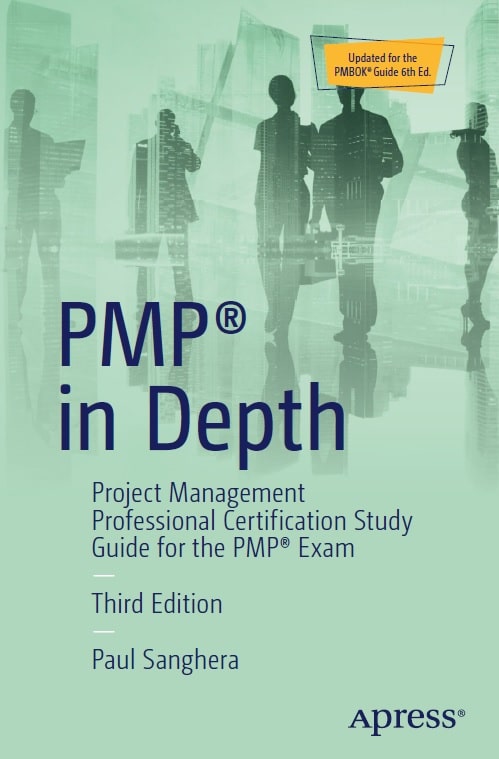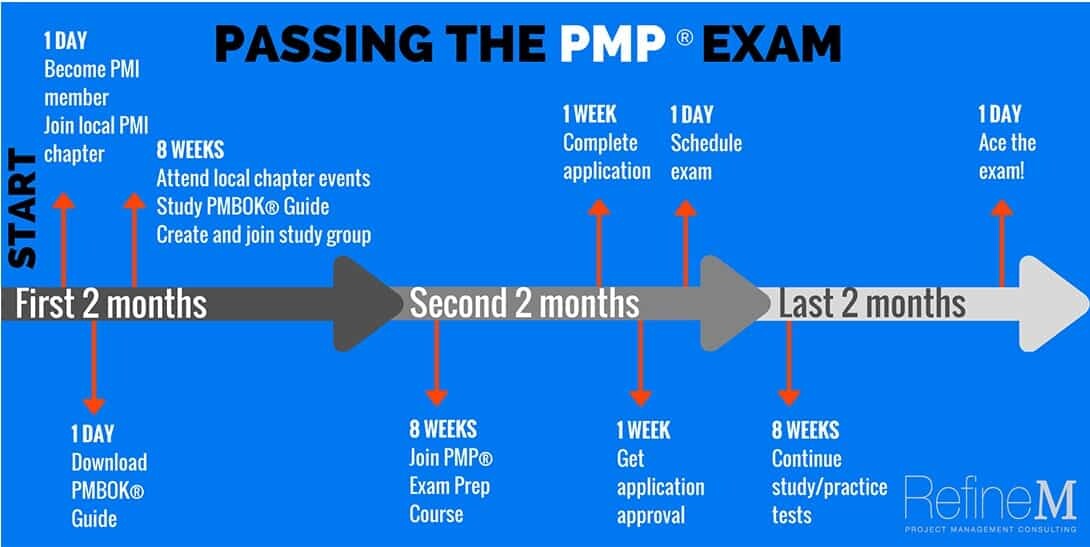
Perceived scope of project limited by function (Engineering, HR). Functional (classical) marked by identifiable superiors.Hierarchical firms less likely to adopt participative Project Manager – take fewer risks.Entrepreneurial firms more likely to adopt highly participative Project Manager – accept higher risk/reward.Non-Project Based – seldom have management systems designed to support project needs (manufacturing, financial services).Project Based – derive revenues from performing projects for others (consultants, contractors),”management by projects”.

Organizational Systems: Project based vs.Others: owner, funders, supplier, contractor.Project Mangers must determine all stakeholders and incorporate their needs into the project.Stakeholder management is a proactive task.In general, differences should be resolved in favor of the customer – individual(s) or organization(s) that will use the outcome of the project.Often have conflicting expectations and objectives.
 Stakeholders: individuals and organizations who are actively involved in the project. Stakeholder influence is high at the beginning and progressively lowers as project continues. Probability of successfully completing project is low at beginning, higher towards the end as project continues. Cost and Staffing levels are low at start and move higher towards the end. Common Characteristics of Project Life Cycles:. Project Phases can overlap – “Fast Tracking”. Technical work performed in each phase. Set of defined work procedures to establish management control. Phases are collected into the Project Life Cycle. Review of deliverables and approval/denial are “phase exits, stage gates, or kill points”. Project Phases are marked by the completion of a deliverable. Often contracted out to external organizations. Projects are often divided into “subprojects” for more manageability.
Stakeholders: individuals and organizations who are actively involved in the project. Stakeholder influence is high at the beginning and progressively lowers as project continues. Probability of successfully completing project is low at beginning, higher towards the end as project continues. Cost and Staffing levels are low at start and move higher towards the end. Common Characteristics of Project Life Cycles:. Project Phases can overlap – “Fast Tracking”. Technical work performed in each phase. Set of defined work procedures to establish management control. Phases are collected into the Project Life Cycle. Review of deliverables and approval/denial are “phase exits, stage gates, or kill points”. Project Phases are marked by the completion of a deliverable. Often contracted out to external organizations. Projects are often divided into “subprojects” for more manageability. #Project management professional pmp certification series
Series of repetitive or cyclical undertakings. Most programs have elements of ongoing operations. Programs are groups of projects managed in a coordinated way to obtain benefits not available from managing the projects individually. Project Management: the application of knowledge, skills, tools and techniques to project activities in order to meet or exceed stakeholder needs and expectations from a defined project – balancing the following:. Scope of project should remain constant even as characteristics are “progressively elaborated”. Elaborated: worked with care and detail. Projects are unique – characteristics are progressively elaborated. Programs adopt new set of objectives and continue to work projects cease when declared objectives have been attained. Has a definite beginning and end and interrelated activities. Project – temporary endeavor undertaken to create a unique product or service. Team Members must be involved in project planning. Needs of all stakeholders should be taken into account during all projects. Do not introduce benefits that are not stated in requirements. Historical Records – need to collect and use for planning, estimating and risk. 
Content is from “A Guide To The Project Management Body Of Knowledge” (PMBOK).To assist PMI candidates for completing the PMI certification exam administered by the Project Management Institute.The PMP certification exam must be passed to earn the Project Management Professional (PMP) certification.Project Management Professional (PMP) Certification Study Guide

It also provides multiple professional advantages and adds to your marketability. The top-ranked industry-recognized Project Management Professional certification proves you have a solid foundation of knowledge, specific skills, and experience for competently leading and directing projects and project teams. Project Management Professional (PMP) from the Project Management Institute (PMI) is the globally-admired project management certification that validates your ability to manage projects and bring them to completion.








 0 kommentar(er)
0 kommentar(er)
